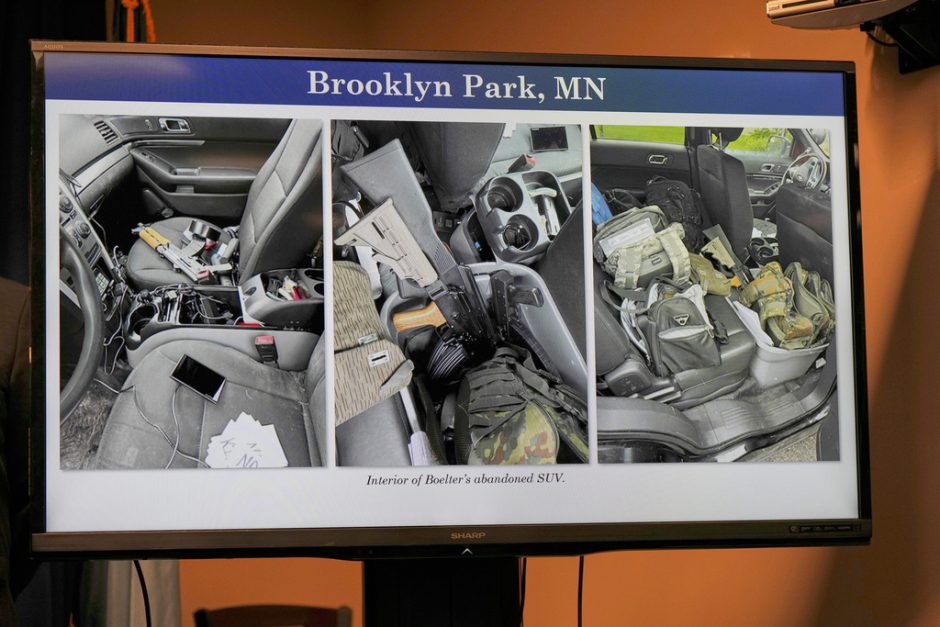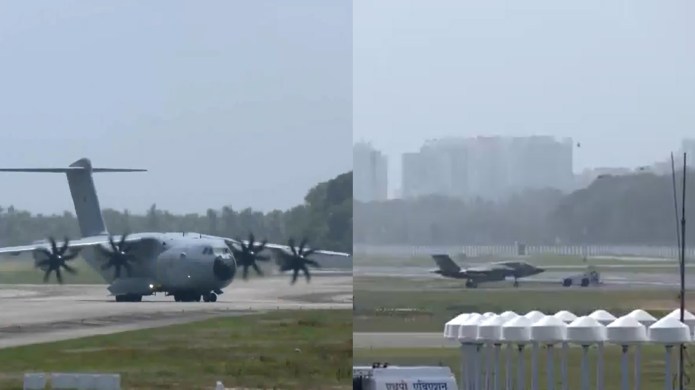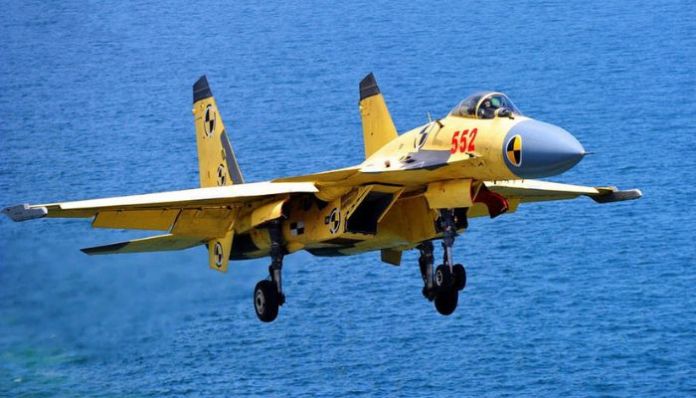On 29th June, Sunday, the Chinese state-run media house Global Times published a report. In that report, the People’s Liberation Army Air Force(PLAAF) claimed that its J-20 stealth fighter, J-16, and J-15 jets recently reacted to the foreign provocations in Chinese airspace. But there is a question that arises: why does no one see it happen?
Where is the evidence
Despite the bold headline, the article failed to answer these qusetions:
- Which country provoked China?
- What kind of aircraft were involved?
- Where the incident took place?
- When exactly did it occur?
Meanwhile, all the neighbouring nations, including Taiwan(ROC), Japan, Korea, India and others have not reported any airspace violation or military confrontation near China’s border.
Known for promptly reporting Chinese aggression, Taiwan’s Ministry of National Defence has not issued any alerts in recent days. A defence expert at South Asia Strategic Monitoring Initiative (SASMI) said, “This looks like more smoke than fire”. Satellite trackers and open-source military sources also reported no unusual air movement in that area.
The real target audience: Iran and Pakistan?
Interestingly, the dramatic announcement comes amid ongoing negotiations with Iran and Pakistan, both of whom are in talks to purchase Chinese fighter jets. Pakistan, a long-time buyer of Chinese military equipment, is reportedly eyeing an upgrade to its air fleet. Iran, recently freed from some international arms restrictions, is looking to modernise its ageing air force.
Military analysts suspect the Global Times could be part of a calibrated narrative campaign aimed at boosting the appeal of Chinese aircraft in these ongoing deals.
A familiar pattern?
This is not the first time that Chinese media have been used to make dramatic headlines to assert military prowess without providing concrete proof. In the absence of actual combat testing, media theatrics serve as a tool to project strength and potentially close billion-dollar defence deals.
So far, there’s no official comment from Iran or Pakistan in response to the story. But military observers say the timing is hard to ignore.
Bottom line
Without evidence, independent confirmation and no visual or radar evidence to back up, China’s report seems less like a reaction to foreign threats and more like a performance for potential clients for its defence market.
As competition heats up in the global arms market, Beijing appears ready to use every runway, real or rhetorical, to sell its airpower.














































